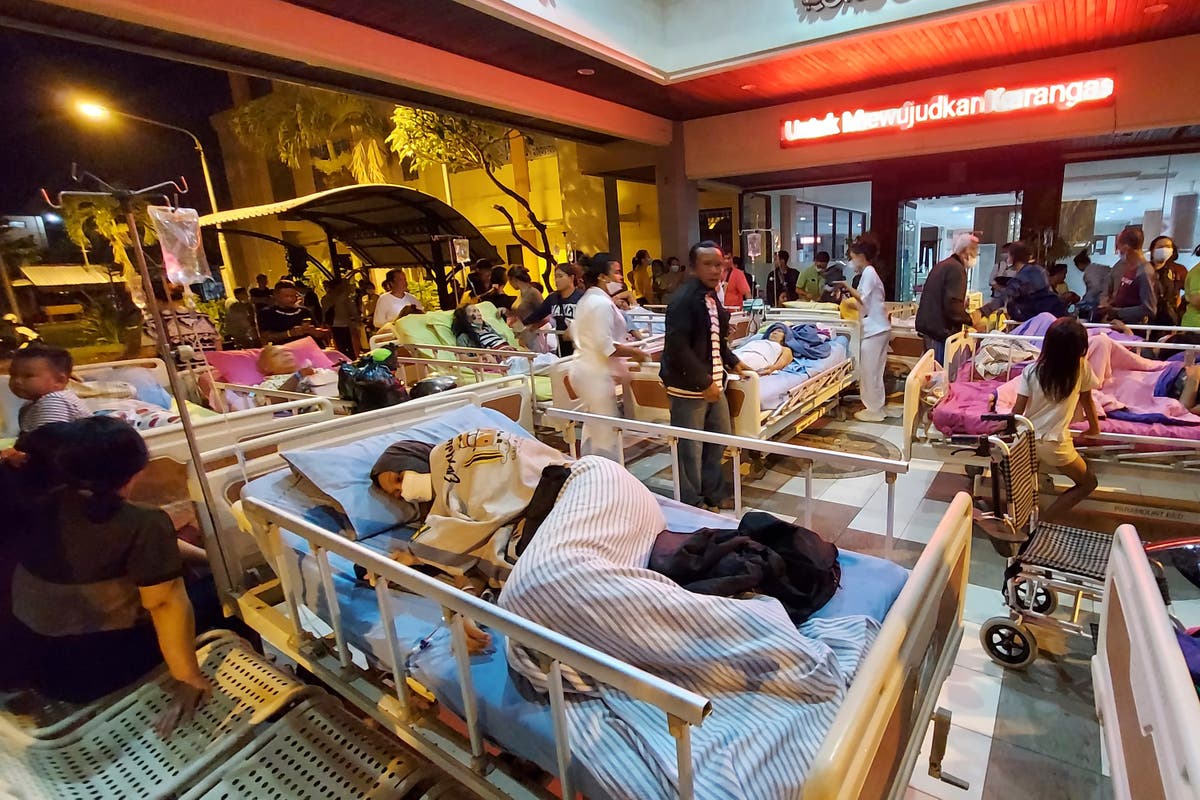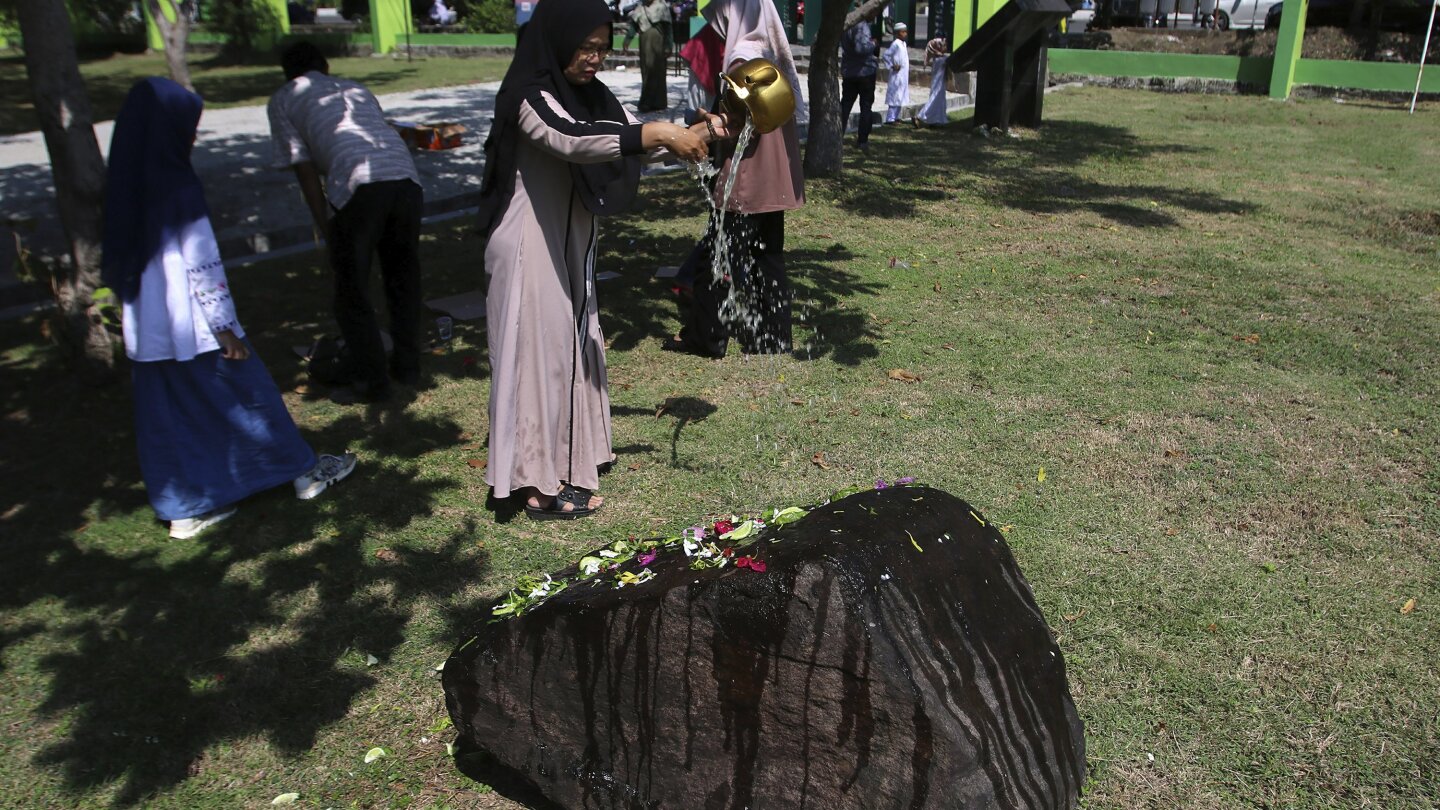
The Aftermath of the Indian Ocean Tsunami: Nicobarese Fight to Preserve Identity Amidst Cultural Disruption
The HinduPublished : Dec 28, 2024 14:47 IST - 15 MINS READ One sweltering summer morning in 2014, an old dinghy ferried me and my Nicobarese friends to the forested edge of Kamorta Island in the central Nicobar archipelago. “But the rogue robbed the villages and vanished.” In stages, 7,001 permanent houses, known as tsunami shelters, were built across the Nicobar Islands for the “homeless” survivors. Around 1,200 Nicobarese currently reside on Great Nicobar and Little Nicobar islands, with the former also home to the Shompen, a particularly vulnerable tribal group whose population stood at 245 in 2022. However, following the disaster, the government relocated the Nicobarese of Great Nicobar to relief camps and temporary shelters at New Chinghen and Rajiv Nagar. “Before the tsunami, status in the Nicobarese society was assessed by the number of pigs, coconut plantations, cultural artefacts, or generous contributions to communal feasts.
Discover Related




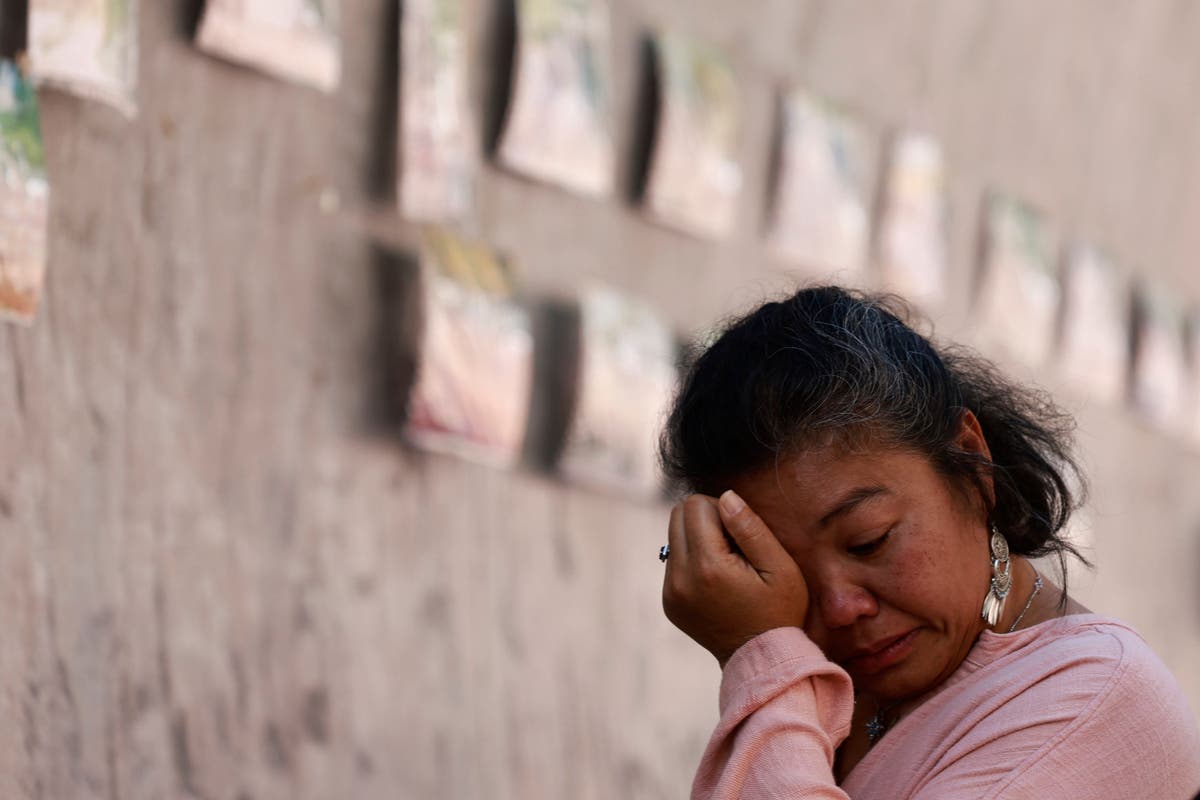
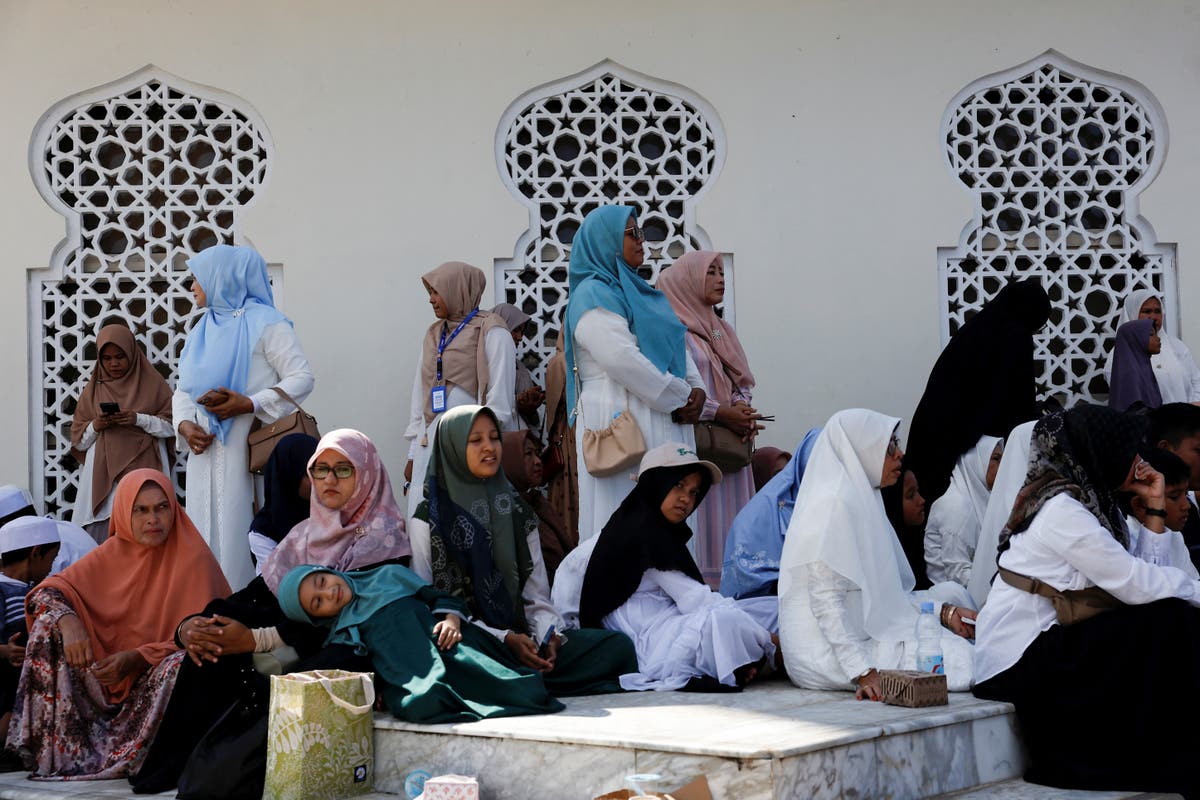

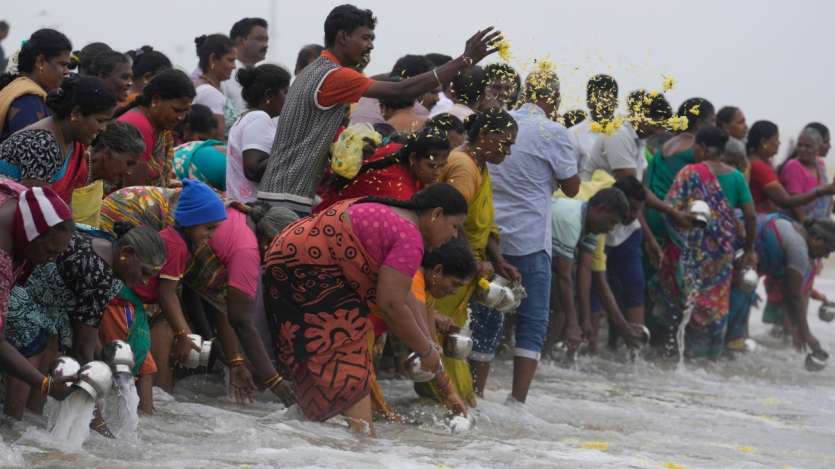




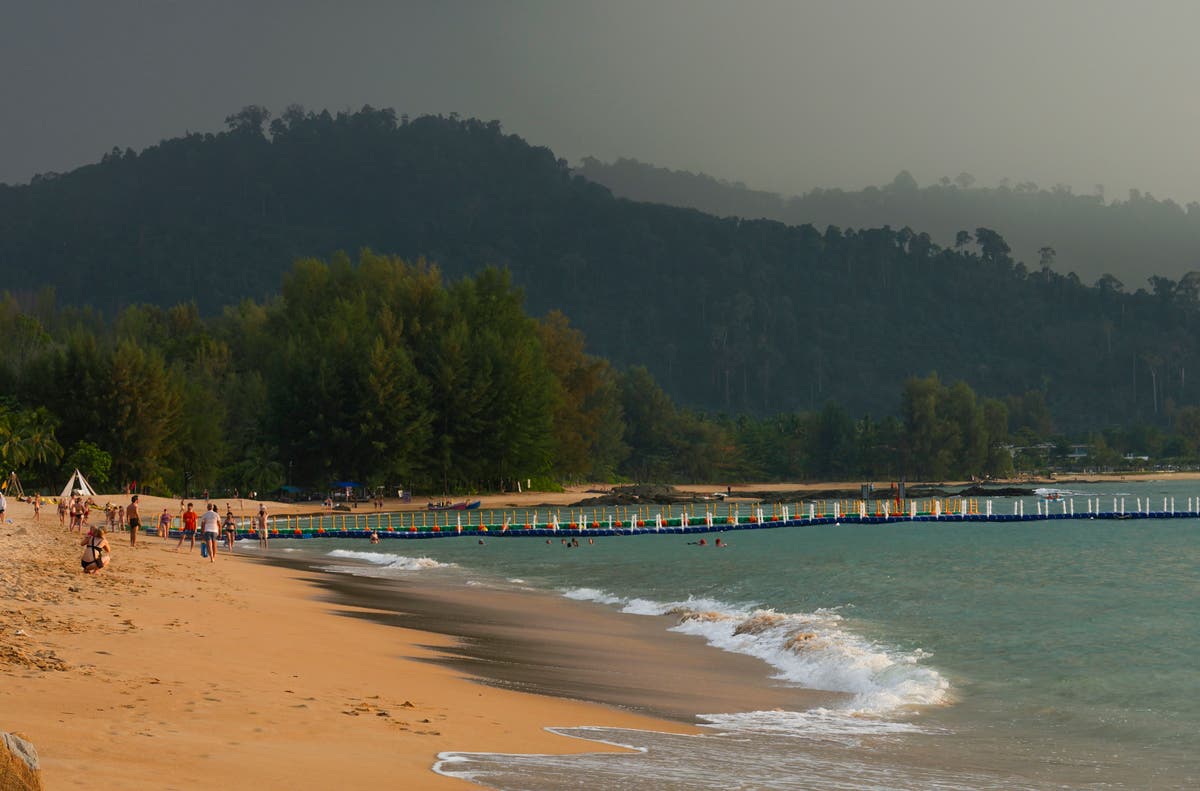














)







